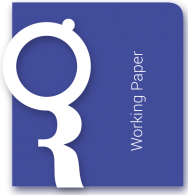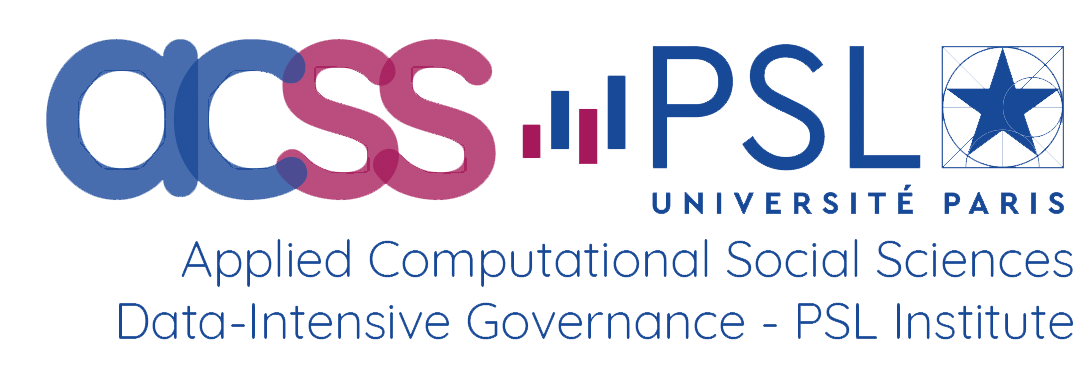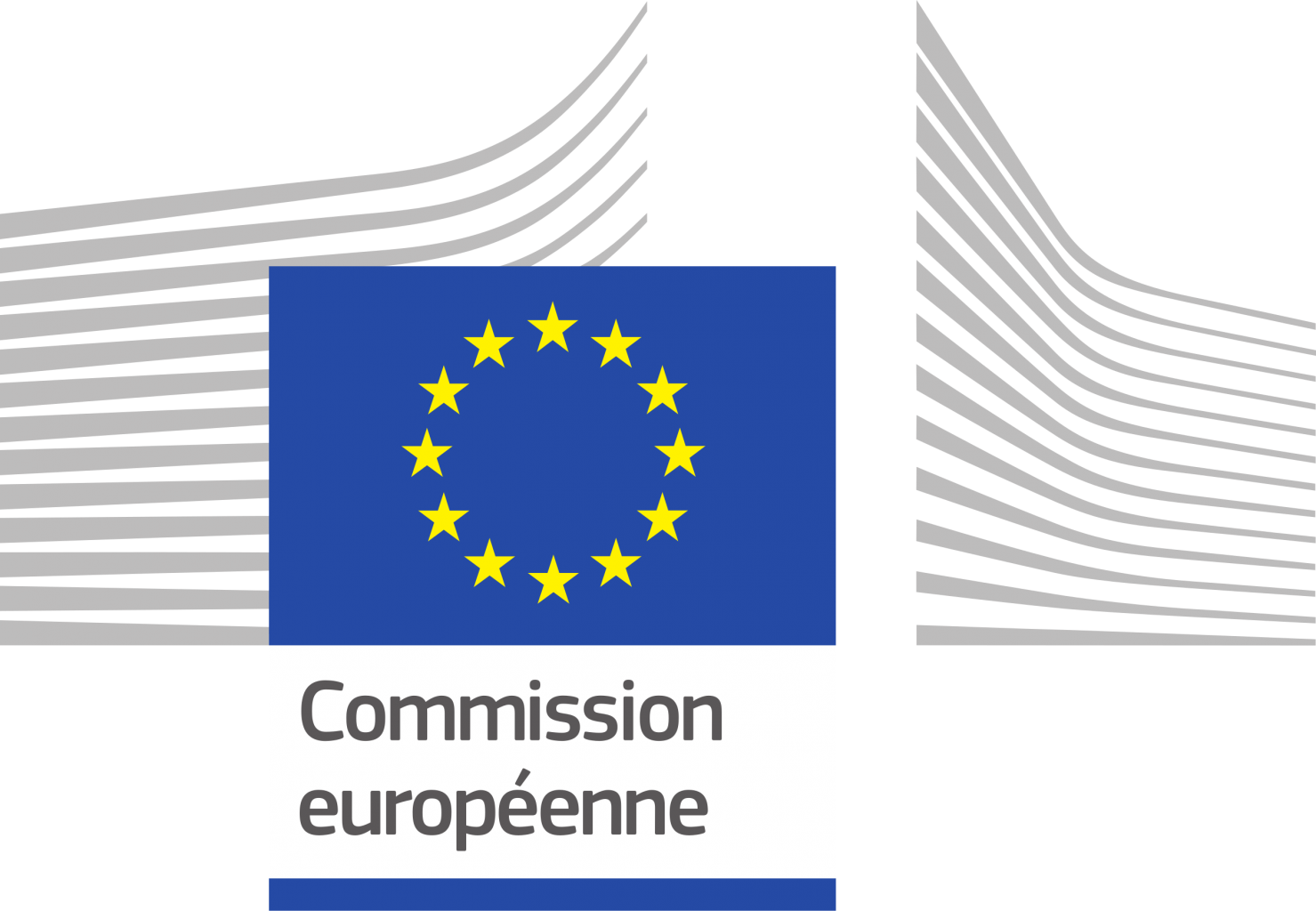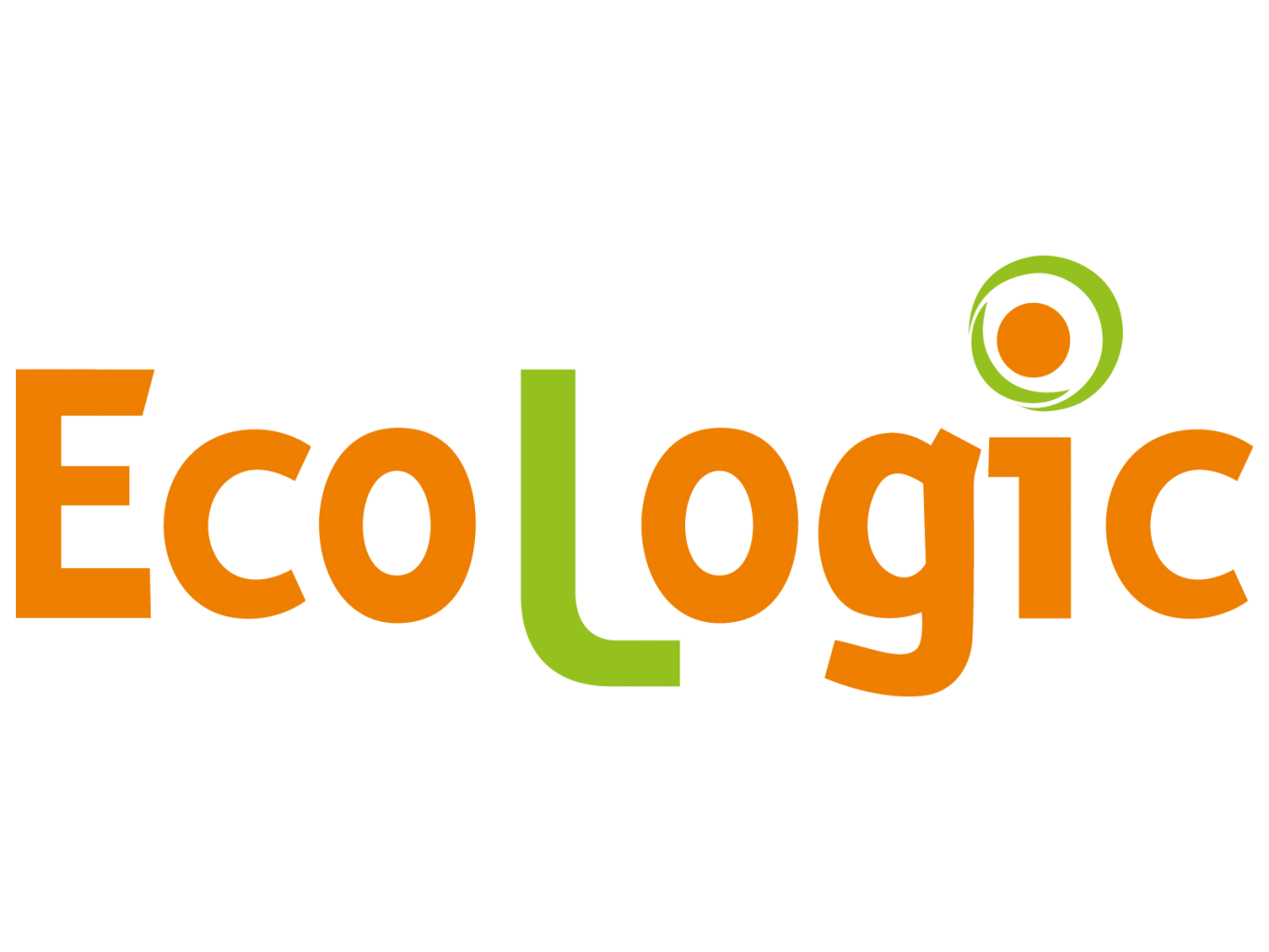
| Author(s) |
Eric BROUSSEAU Jean-Michel GLACHANT |
| Publication type | Working paper |
This chapter introduces a handbook examining all the stakeholders and players that, in addition to governments and inter-governmental organizations, play a role in the design and establishment of transnational economic regimes. We highlight, first, how the characteristics of the world economy are crucially dependent upon four complementary infrastructures of a market economy that ensure governance of the exchange of goods and services, of financial resources, of information and knowledge, and of the social and environmental sustainability.
Second, we underscore the diversity of international regimes. Beyond intergovernmental agreements, many processes contribute to the emergence of transnational rules. Some, such as unilateral enforcement, rely on public authorities. Others draw on private ordering. Third, we identify six categories of players, i.e., four in addition to governments and international organizations, namely: market intermediaries; transnational corporations; regulators and judges (i.e., these public “enforcers” independent of governments); and citizens (at least some active ones).


























